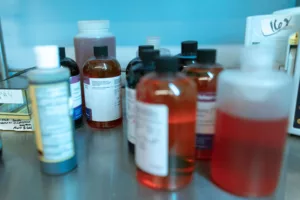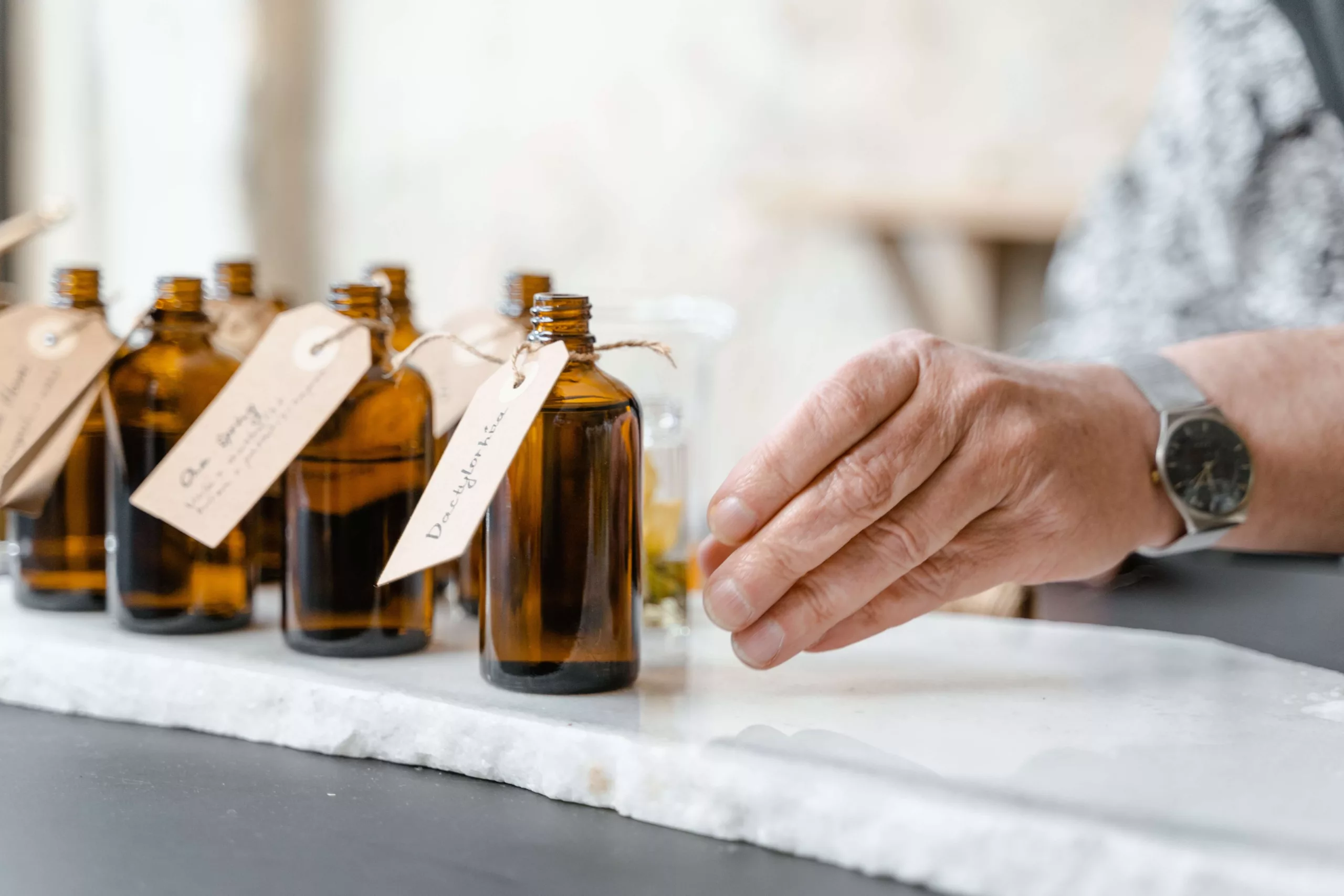Behind the Label




In today’s beauty industry, the desire for cruelty-free products is on the rise as consumers become increasingly aware of the importance of ethical choices. Choosing products that are not tested on animals is not only a compassionate decision but also a statement in support of sustainable and humane beauty practices. In this guide, we will explore how to identify and spot cruelty-free products, ensuring that your beauty routine aligns with your values.
Before delving into how to spot cruelty-free products, it’s essential to understand the meaning behind the term “cruelty-free.” A cruelty-free product is one that has not been tested on animals at any stage of its development or manufacturing process. This includes not subjecting animals to experiments to assess the safety or efficacy of cosmetics or their ingredients.
How to Spot Cruelty-Free Products
- Look for Certification Labels: One of the easiest ways to identify cruelty-free products is to search for recognized certification labels. These labels are issued by organizations dedicated to cruelty-free practices. Some of the most well-known certification labels include:
- Leaping Bunny: The Leaping Bunny logo is a widely recognized symbol of cruelty-free products. Brands that display this logo have undergone a rigorous certification process to ensure their products and ingredients meet cruelty-free standards.
- PETA’s Beauty Without Bunnies: People for the Ethical Treatment of Animals (PETA) also offers a cruelty-free certification program known as Beauty Without Bunnies. Products and brands with this certification have pledged not to conduct animal testing.
- Choose Cruelty-Free: The Choose Cruelty-Free organization provides certification for products that are not tested on animals. Look for their logo on products to identify cruelty-free options.
- Check the Brand’s Animal Testing Policy: Many brands have explicit statements regarding their stance on animal testing. Visit the brand’s official website and look for a dedicated page on their animal testing policy. Brands that are committed to cruelty-free practices will clearly state their position and may provide additional information on their ethical sourcing and manufacturing processes.
- Review the Ingredients List: Even if a brand claims to be cruelty-free, it’s essential to check the ingredients list of individual products. Some products may contain ingredients that have been tested on animals by suppliers or manufacturers. Ethical brands typically avoid using such ingredients or seek alternatives.
- Email or Contact the Brand: If you have specific questions about a brand’s cruelty-free status, don’t hesitate to reach out directly. Send an email or message through their official channels to inquire about their animal testing policies and practices. Reputable brands that are genuinely cruelty-free are often happy to provide detailed responses.
- Research Online: The internet is a valuable resource for finding information about cruelty-free brands and products. Numerous websites and databases compile lists of cruelty-free brands and provide updates on their status. Popular cruelty-free beauty websites like Cruelty-Free Kitty, Logical Harmony, and Leaping Bunny can be excellent resources for your research.
- Check for Parent Company Policies: Some brands may claim to be cruelty-free but are owned by larger parent companies that engage in animal testing. Research the parent company’s animal testing policies to ensure your purchase aligns with your ethical values.
- Ask for Recommendations: Don’t hesitate to seek recommendations from friends, family, or online beauty communities. Many consumers who are passionate about cruelty-free products are happy to share their favorite brands and products with others.
Common Misconceptions About Cruelty-Free Products
- Vegan vs. Cruelty-Free: It’s essential to distinguish between vegan and cruelty-free products. While cruelty-free products are not tested on animals, vegan products do not contain any animal-derived ingredients. A product can be both vegan and cruelty-free, but the two terms refer to different aspects of ethical beauty.
- “Not Tested on Animals” Wording: Be cautious of vague statements like “Not Tested on Animals” without certification or additional information. These claims may not provide the full picture of a brand’s animal testing practices.
- China’s Animal Testing Requirements: Brands that sell cosmetics in mainland China are subject to animal testing requirements by Chinese authorities. While some brands choose to comply with these regulations, others may sell products in China while remaining cruelty-free in other regions. It’s crucial to research a brand’s stance on this issue if you want to support cruelty-free practices.
- Natural vs. Cruelty-Free: Natural or organic ingredients do not necessarily indicate cruelty-free practices. Some natural cosmetics may still undergo animal testing, so it’s important to check for specific cruelty-free certifications.


Supporting Cruelty-Free Brands
By choosing cruelty-free products, you’re making a positive impact on the beauty industry and supporting ethical practices. Your purchasing choices send a clear message to brands that cruelty-free options are in demand. Additionally, supporting cruelty-free brands encourages others in the industry to adopt ethical practices, ultimately leading to a more compassionate and sustainable beauty landscape.
In conclusion, spotting cruelty-free products involves a combination of certification labels, brand research, ingredient scrutiny, and consumer awareness. By following these guidelines and staying informed, you can make ethical choices in your beauty routine and contribute to the growing movement towards cruelty-free practices in the beauty industry.



